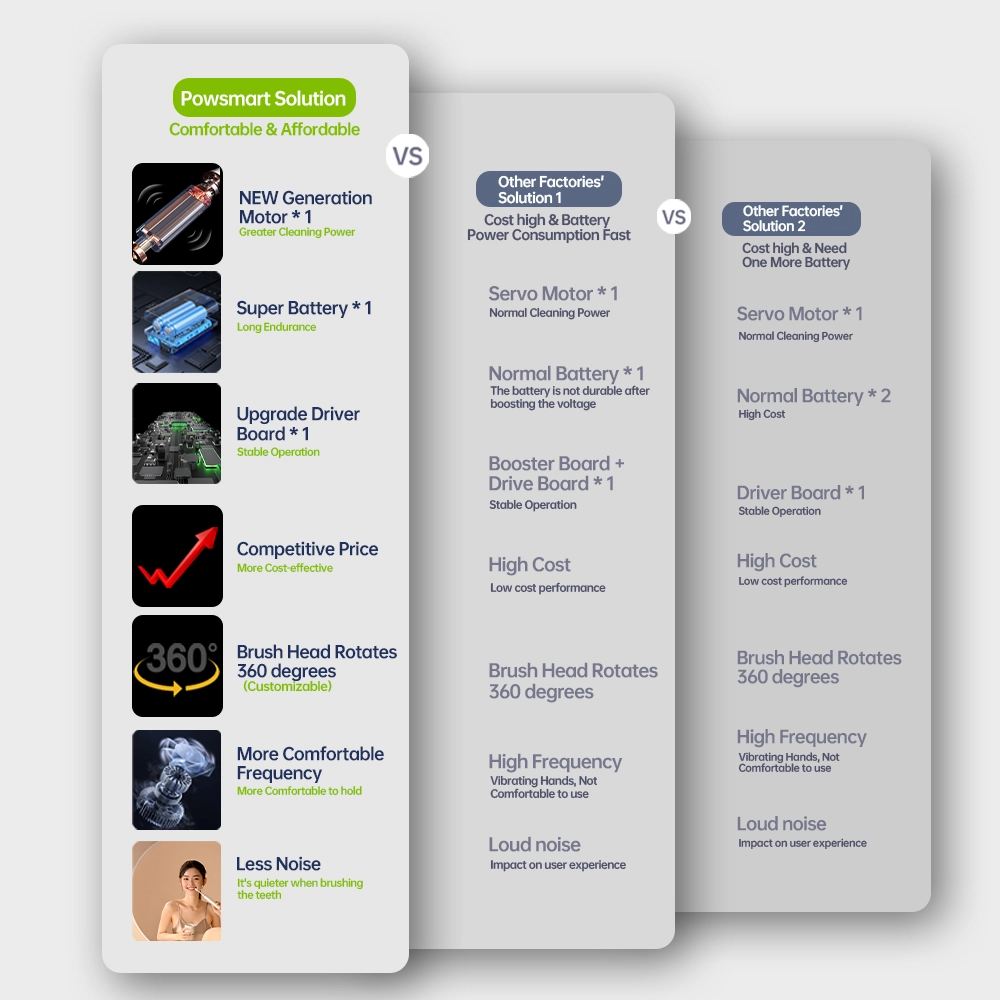In the fast-paced world of global supply chains, efficiency is key to staying competitive. However, data gaps in logistics and customs delays in international shipments are becoming major obstacles, disrupting timelines and increasing costs. Without accurate data and smooth customs clearance, manufacturers and suppliers face production setbacks, delayed deliveries, and dissatisfied customers. This article explores the causes of these challenges and provides actionable solutions to mitigate risks.
The Critical Role of Data Accuracy in Supply Chains
Accurate and timely data is the backbone of modern logistics. From order placement to final delivery, every step relies on seamless information flow. However, data gaps—missing, incomplete, or outdated information—can lead to:
- Mislabeled Shipments: Incorrect documentation causes shipments to be flagged for manual review.
- Production Interruptions: Delays in receiving accurate inventory data result in stock shortages.
- Missed Compliance Requirements: Outdated regulatory information leads to failed customs inspections.
Without a strong data management system, businesses struggle to anticipate delays and optimize inventory levels, causing inefficiencies across the supply chain.
Customs Delays: A Growing Concern for Exporters
As international trade regulations tighten, customs delays have become a common bottleneck. Factors contributing to these delays include:
- Incomplete or Inaccurate Documentation: Errors in shipping manifests or invoices trigger inspections.
- Stricter Trade Compliance Measures: New regulations and tariffs create additional verification steps.
- Port Congestion and Staffing Shortages: Limited personnel and increased shipment volumes slow down processing times.
- Lack of Real-Time Visibility: Without proper tracking, businesses remain unaware of hold-ups until it’s too late.
These delays not only affect delivery schedules but can also result in financial penalties, damaged client relationships, and lost sales opportunities.
How Data Gaps Lead to Customs Bottlenecks
One of the biggest reasons behind customs delays is the presence of data gaps in shipment documentation. Missing or incorrect data can cause:
- Longer Inspection and Clearance Times: Customs officials require additional verification when documents are incomplete.
- Increased Risk of Non-Compliance: Failure to meet regulatory requirements leads to fines or shipment rejections.
- Additional Administrative Costs: Businesses must spend extra resources correcting errors and resubmitting paperwork.
To avoid these risks, companies must implement robust digital documentation and tracking systems to ensure customs compliance from the start.
Leveraging Technology to Bridge Data Gaps
To combat data gaps, businesses should invest in digital solutions that enhance real-time data accuracy and shipment visibility. Effective strategies include:
- Cloud-Based Supply Chain Management (SCM) Platforms: These provide end-to-end tracking and automated document generation.
- Blockchain for Secure Trade Documentation: Ensures data integrity and minimizes human errors.
- AI-Driven Predictive Analytics: Helps forecast potential customs delays and optimizes shipment scheduling.
- Electronic Data Interchange (EDI) Systems: Automates data exchange between manufacturers, logistics providers, and customs authorities.
By leveraging these technologies, companies can reduce manual errors, streamline customs clearance, and improve overall operational efficiency.
Strengthening Customs Compliance to Reduce Delays
Beyond digital solutions, manufacturers and exporters must proactively address customs delays by:
- Ensuring Proper HS Code Classification: Correct classification of goods minimizes the risk of misfiling and delays.
- Maintaining Up-to-Date Compliance Knowledge: Regularly reviewing new trade regulations prevents unexpected shipment holds.
- Working with Experienced Customs Brokers: These professionals help navigate complex clearance processes.
- Utilizing Pre-Clearance Programs: Programs like the Authorized Economic Operator (AEO) allow for expedited processing.
By refining customs compliance strategies, companies can significantly reduce clearance times and maintain smoother supply chain operations.
Future-Proofing Supply Chains Against Disruptions
To mitigate the impact of data gaps and customs delays in the long run, businesses should:
- Develop Contingency Plans: Establish alternative suppliers and transport routes to handle unexpected delays.
- Enhance Supplier Collaboration: Encourage transparency in data sharing across the supply chain.
- Adopt IoT-Enabled Shipment Tracking: Use smart sensors to monitor shipments in real-time.
- Invest in Automated Customs Solutions: AI-powered document processing can ensure faster and more accurate filings.
By proactively addressing these challenges, businesses can build a more resilient supply chain that withstands global trade disruptions.
Conclusion
The combined effects of data gaps and customs delays are causing significant supply chain inefficiencies. However, by embracing digital solutions, strengthening compliance measures, and adopting a proactive risk management approach, businesses can minimize disruptions and maintain timely deliveries. The key to success lies in ensuring data accuracy, leveraging technology, and maintaining a deep understanding of evolving international trade regulations.https://www.powsmart.com/product/electric-toothbrush/






